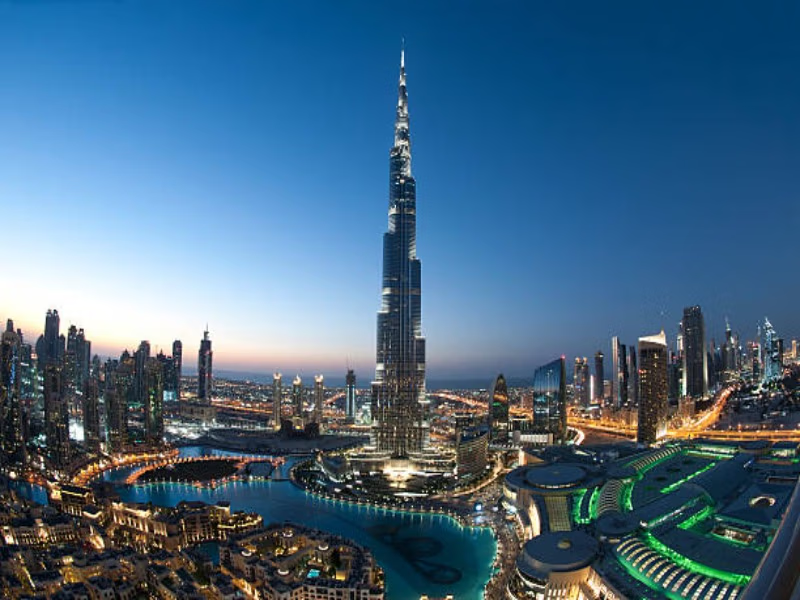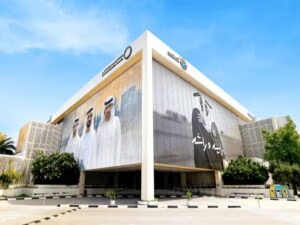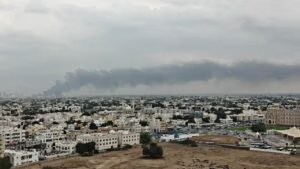A recent study commissioned by the Roads and Transport Authority (RTA) by McKinsey and Company has indicated that the growing nature of the transport and infrastructure projects in Dubai has increased the prices of property in the emirate by up to 16 percent.
The analysis established that accessibility to metro stations and major highways is one of the significant drivers of real estate appreciation.
Dubai neighborhoods that had connectivity to the transport system, such as Downtown Dubai, Dubai Marina, and Business Bay, had recorded higher increases than the general market average, citing the effect of better accessibility and reduction in traveling time on the demand for property.
The report was issued on Sunday as the RTA celebrated its 20th anniversary. Dubai is transforming; it has begun with the Metro, the first of its kind in the Gulf region.
In the past 16 years, the network has contributed to the minimization of travel distance by approximately 29.8 billion kilometers, which has alleviated the burden of congestion and enhanced mobility between business and residential districts.
Dubai Metro and Tram cover more than 100km throughout the emirate. The research also found that the accessibility of major destinations within the emirate is more than the average that has been experienced in similar cities in the world due to the road network in Dubai.
Increased use of Metro and public buses and reduced congestion and travel time have avoided over 9.5 million tonnes of carbon dioxide emissions over the last 15 years.
The RTA said that this cut is worth in monetary terms of “several billion dirhams when measured against global carbon credit trading rates and has also had a direct positive impact on public health by reducing respiratory and cardiovascular illnesses.”
The upcoming Dubai Metro Blue Line is a 30-kilometer extension containing 14 stations and will serve six major districts projected to have one million residents by 2040.
The study attributed the development of Dubai to 20 years of continuous investment in the mobility infrastructure.
The emirate invested Dh175 billion in road and transport systems in 2005, resulting in Dh150 billion in revenue and Dh319 billion in fuel and time savings.
The projects by RTA added Dh156billion to the GDP of Dubai in this period, as the property value increased by about Dh158 billion, which was directly proportional to the increase in connectivity.
The results also approximate the internal rate of return on RTA investments at 5 percent, and the entire cash returns will have surpassed Dh254 billion by the year 2050; figures that the authority termed as extraordinary in the world transport industry.
The efforts of RTA have also received over Dh32.4 billion in foreign direct investment, especially in the field of logistics, distribution, and transport services in the past decades.
Another key finding of the study was the cost-effectiveness of Dubai in terms of the delivery of infrastructure.
RTA has an average annual length of road lanes that measures 829km, as compared to the world average of approximately 400km.
Director General and Chairman of the Board of Executive Directors of the RTA, Mattar Al Tayer, stated that the findings highlighted the importance of transport investments serving as a source of long-term growth of the city of Dubai.
He stated that “Dubai is also preparing to enter a new era of sustainable mobility in 2026 with two world-first initiatives: the operation of autonomous taxis and the launch of the aerial taxi service, both of which will reinforce Dubai’s global leadership in future mobility.”
Dubai has already launched trial flights of its air taxis, and the city is scheduled to have a network of vertical take-off and landing stations by next year.
The study also reported that RTA has initiated a project of autonomous taxi, and aims to ensure 25 percent of the overall mobility in the city of Dubai through autonomous transport by the year 2030.






